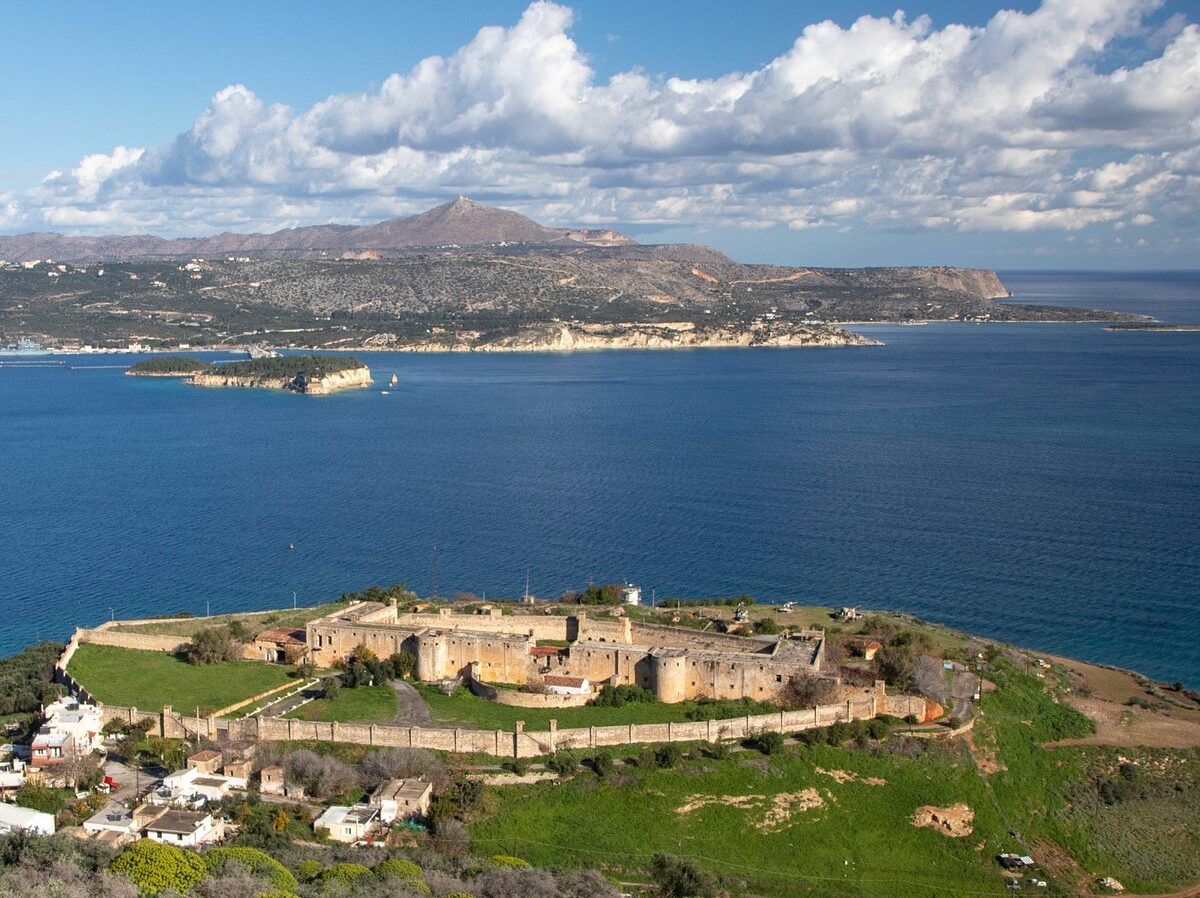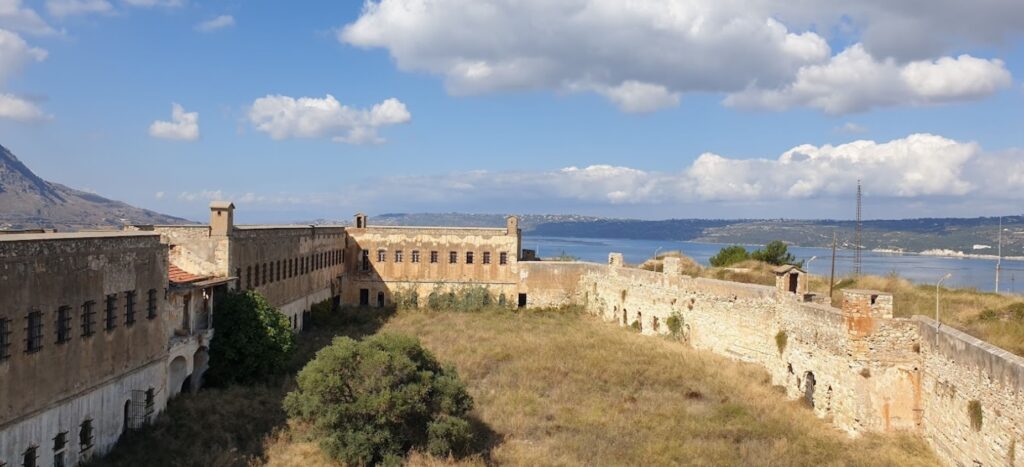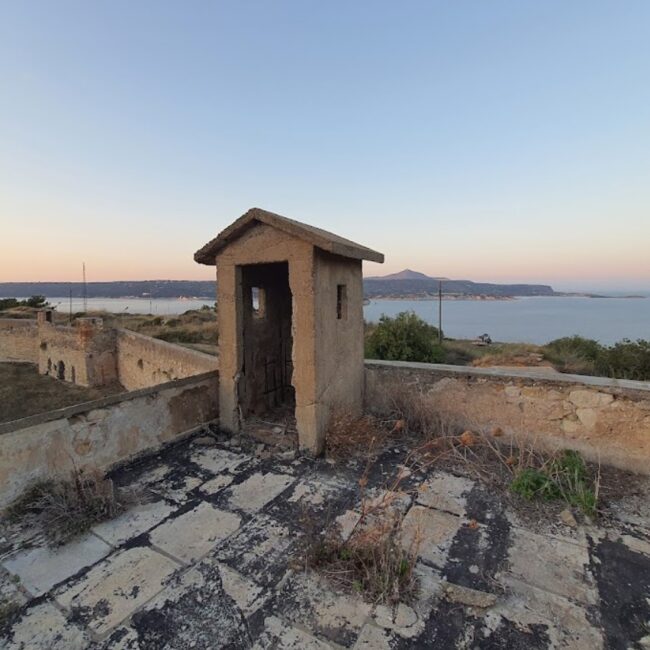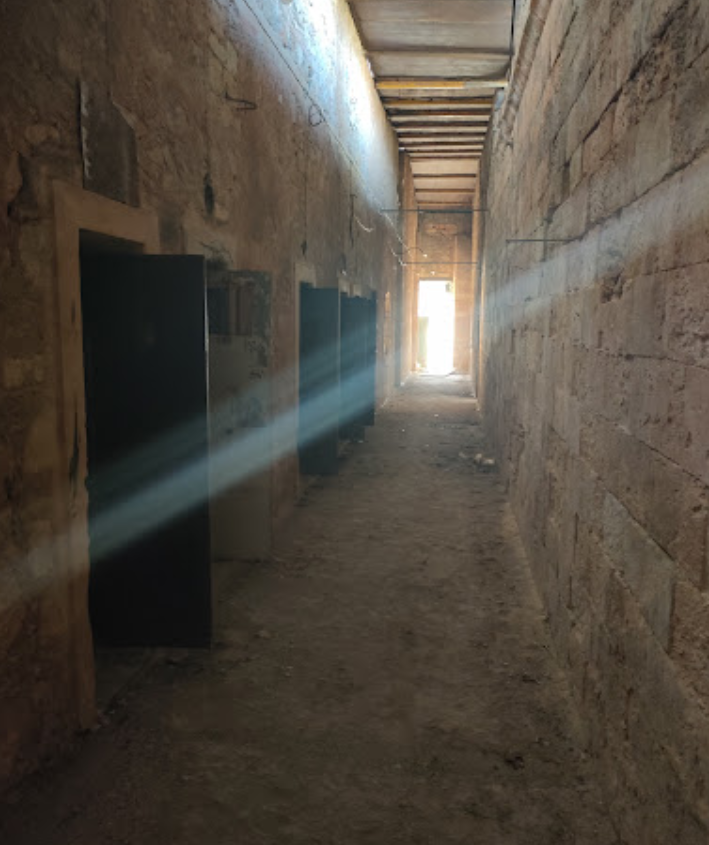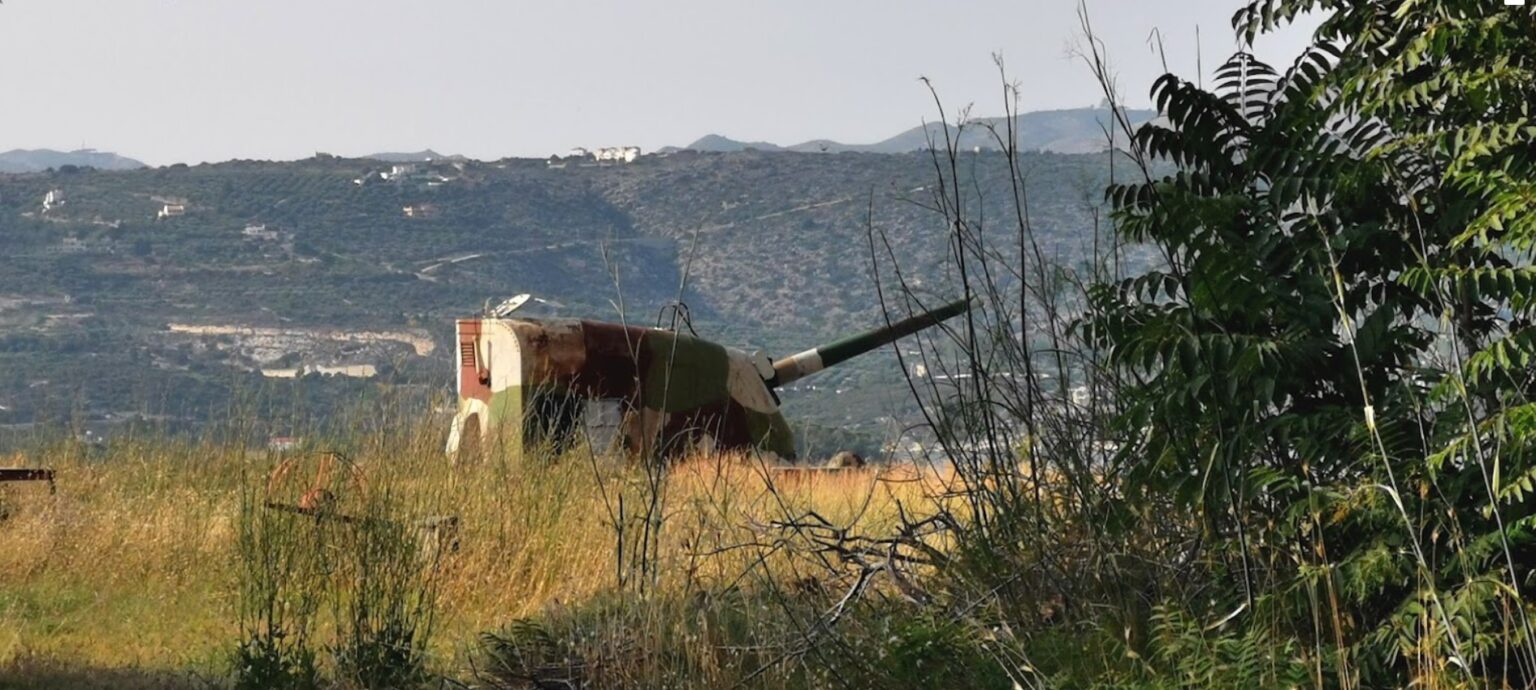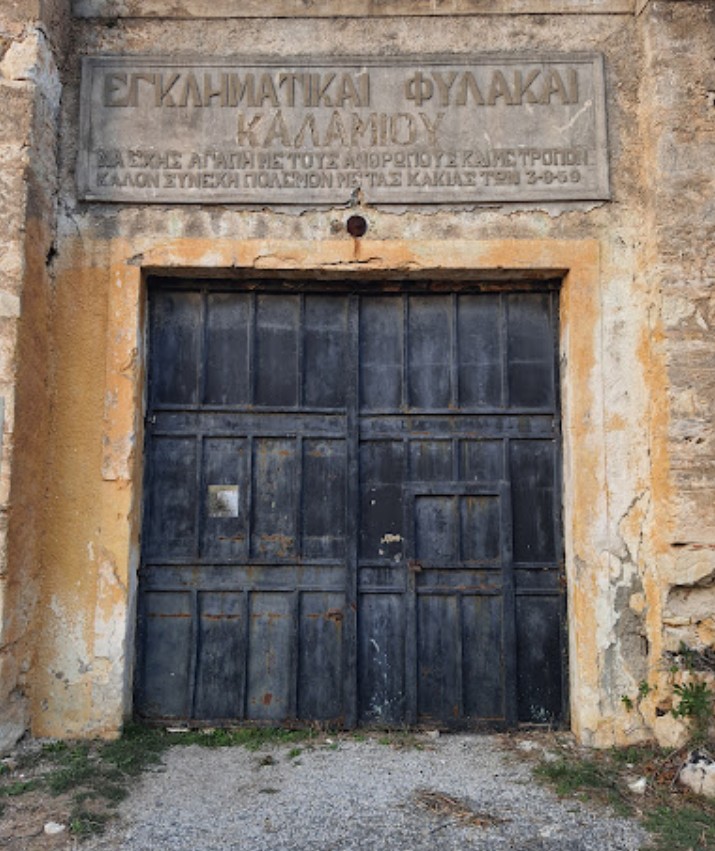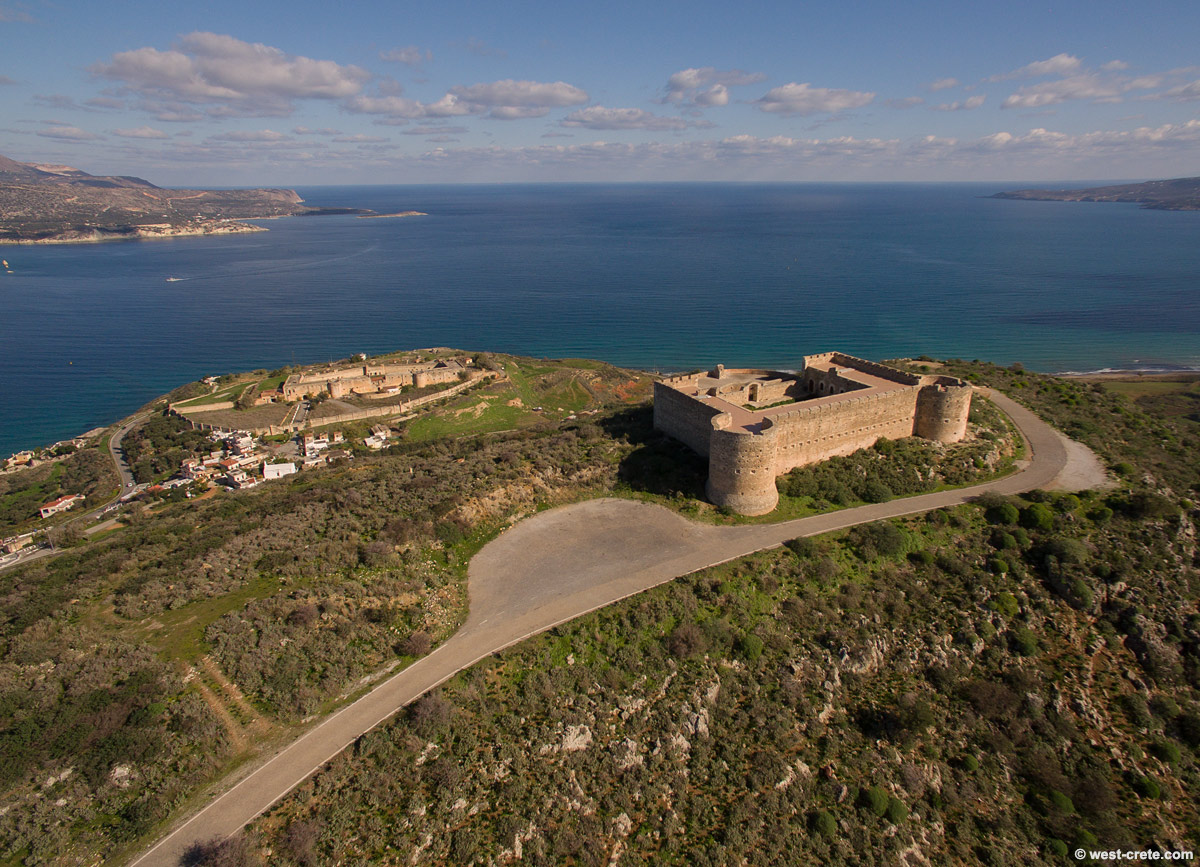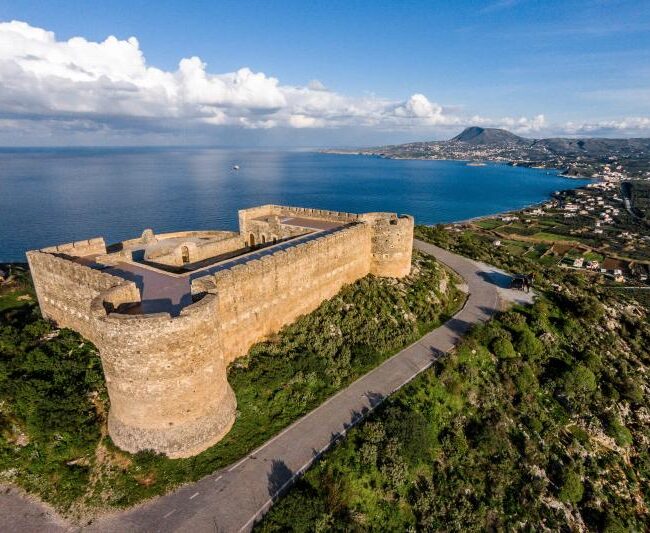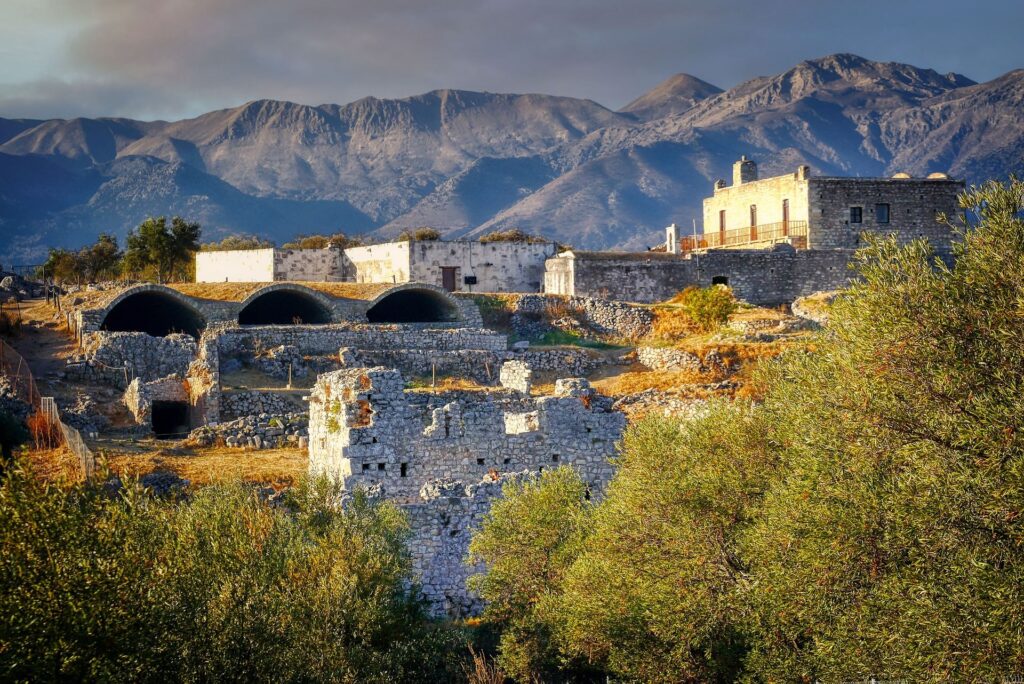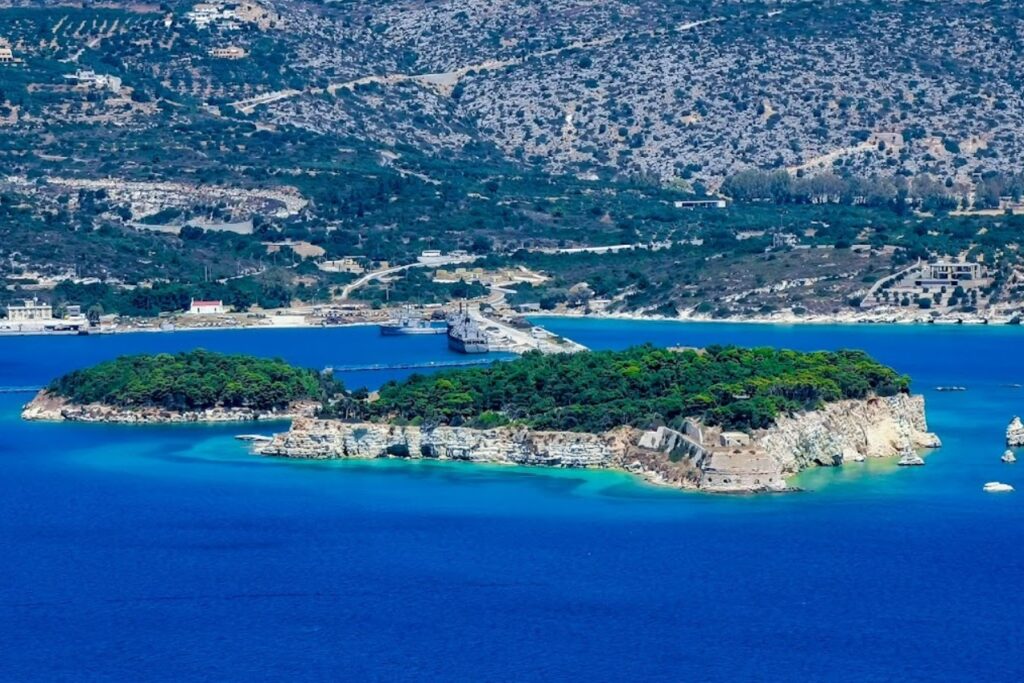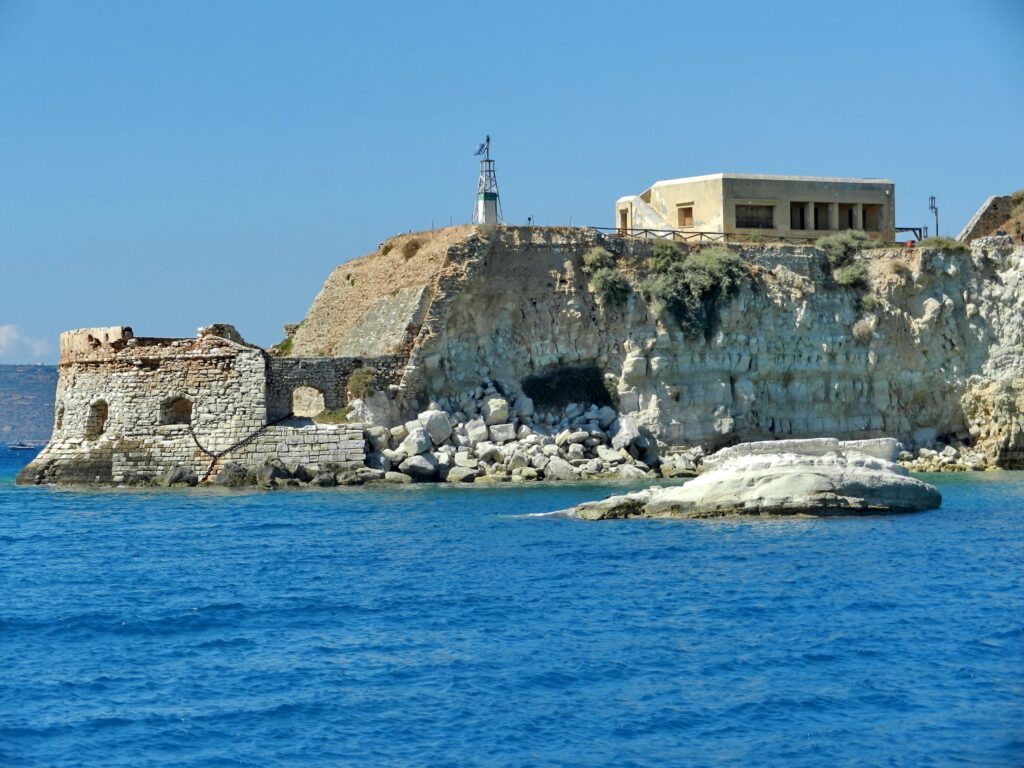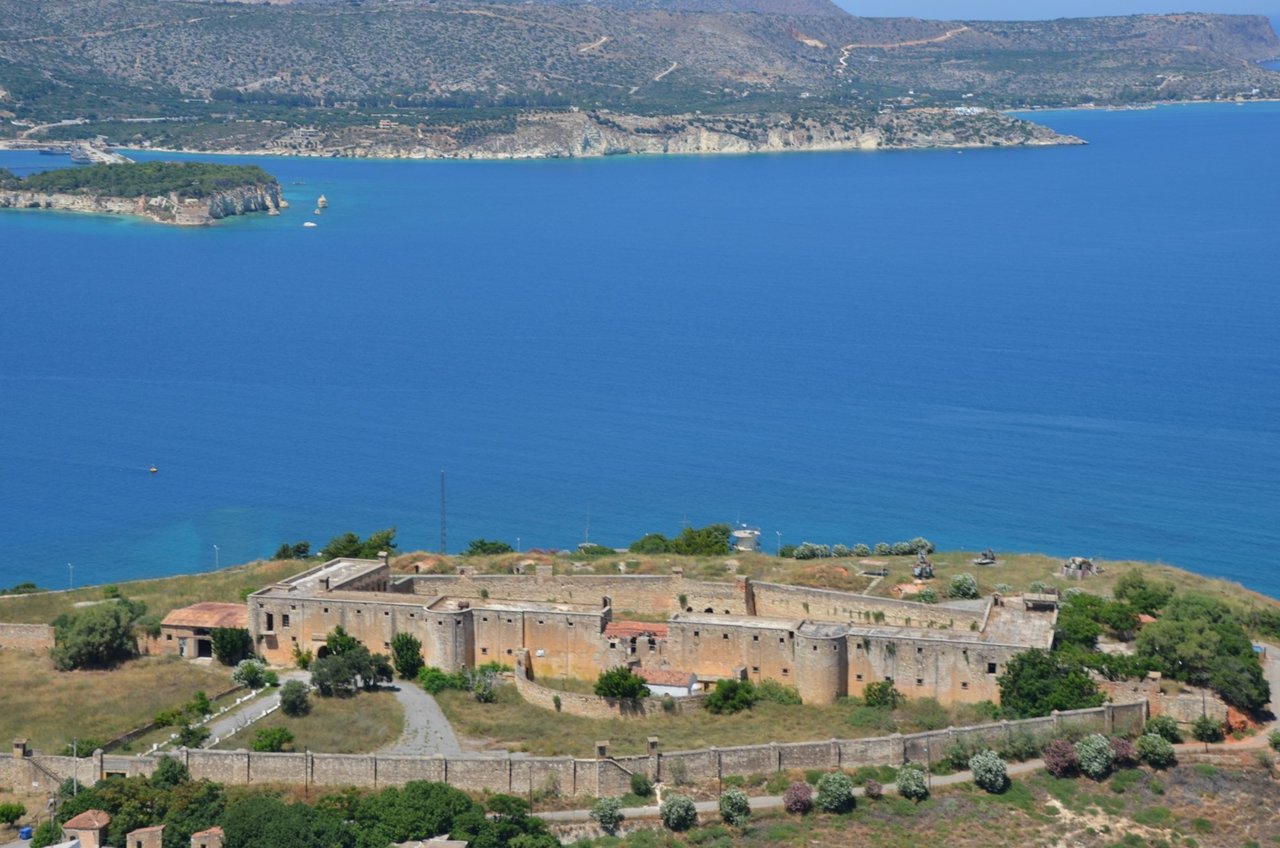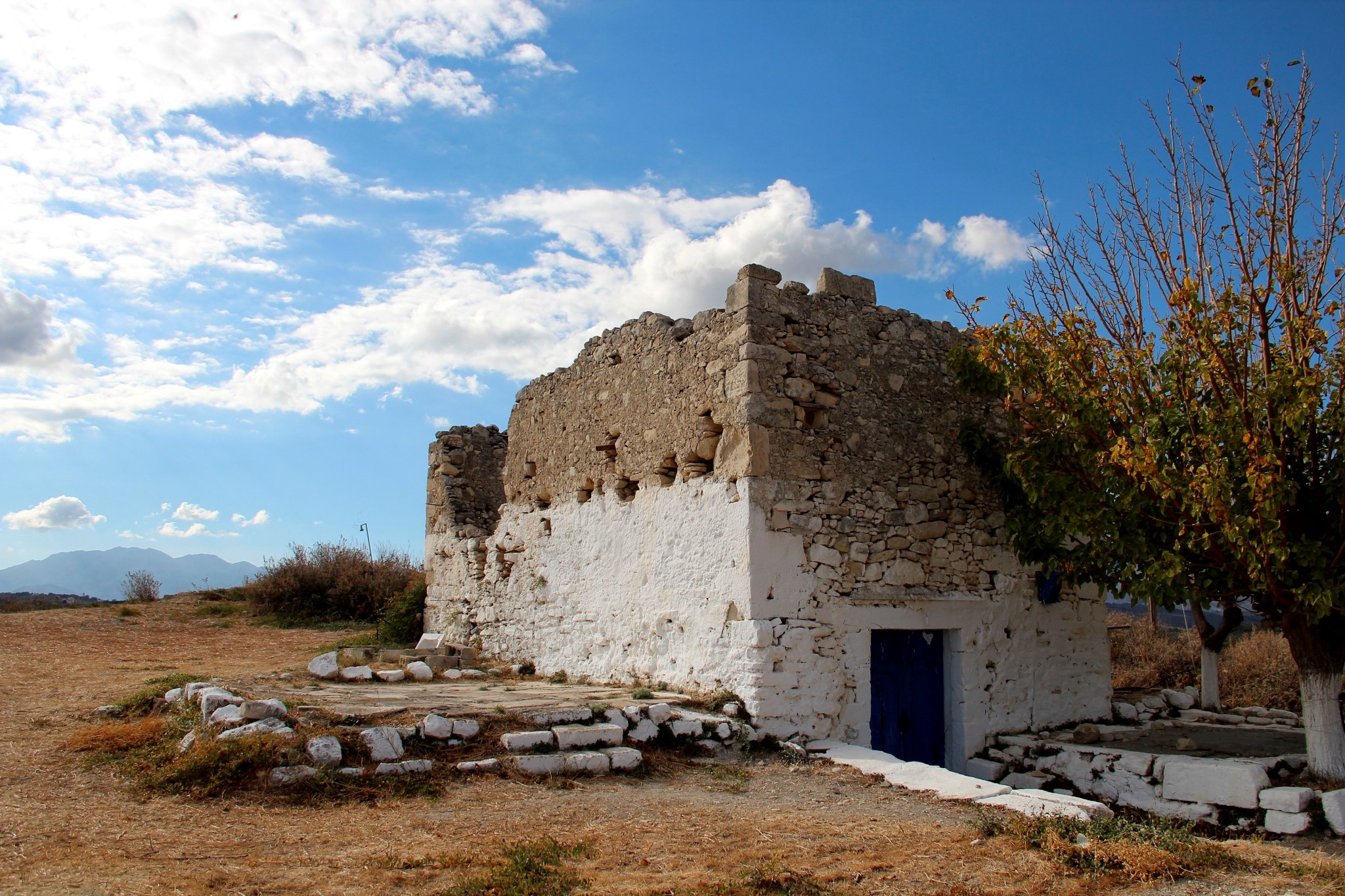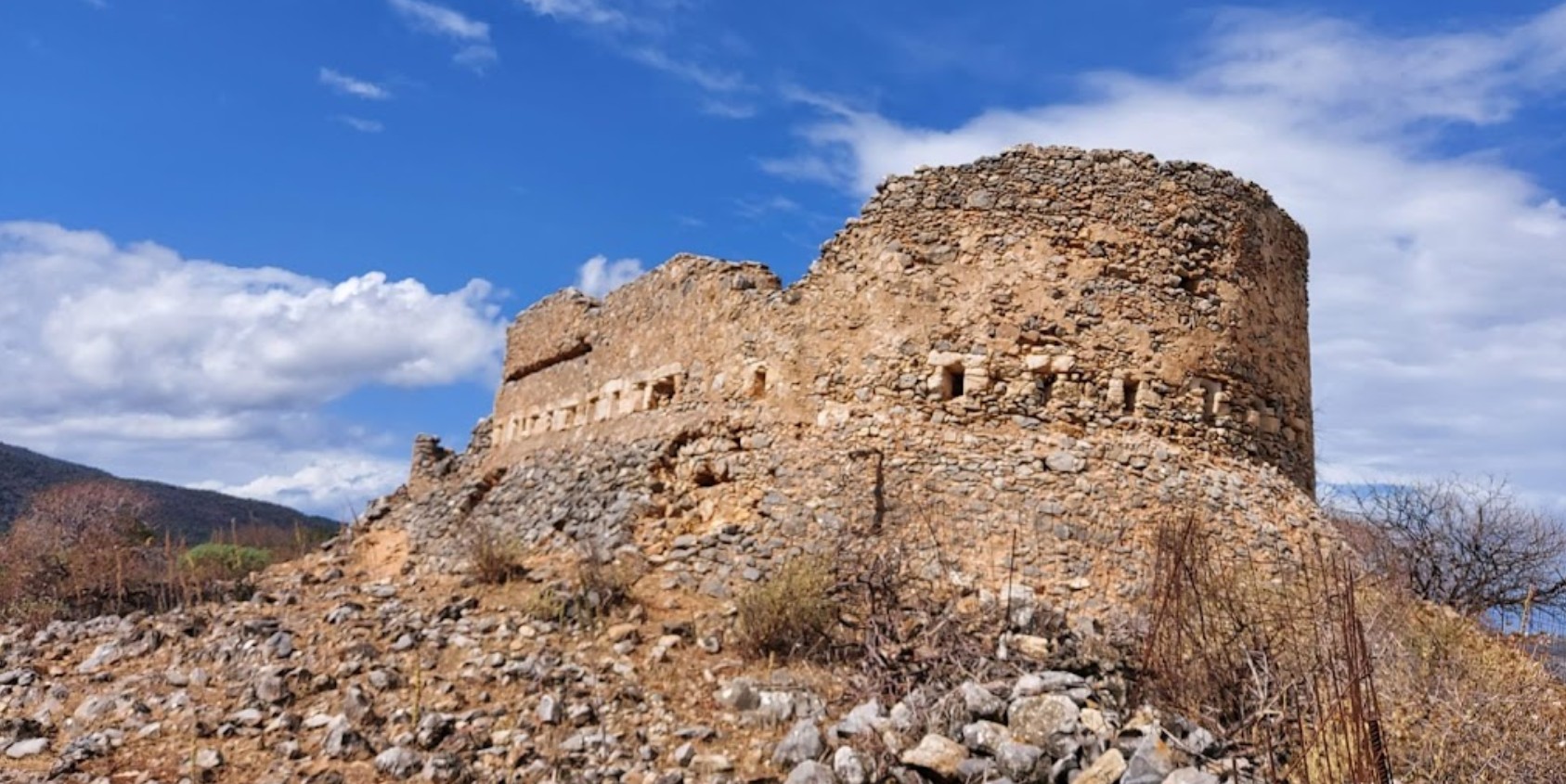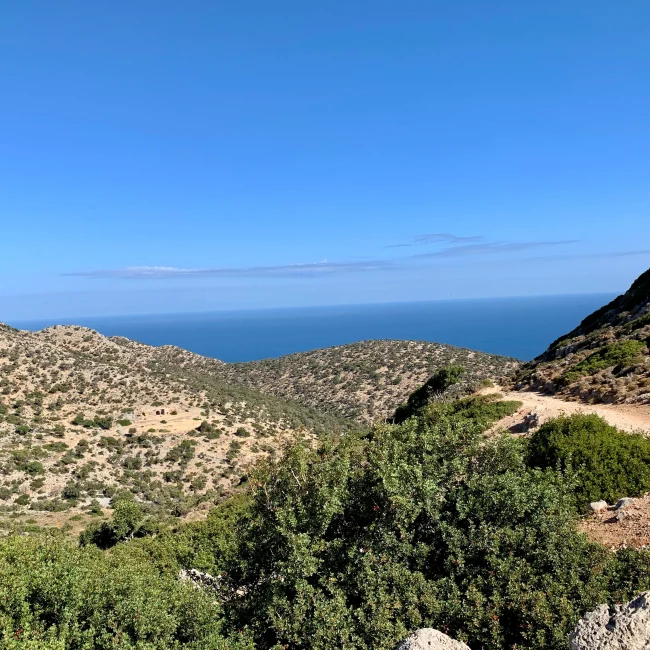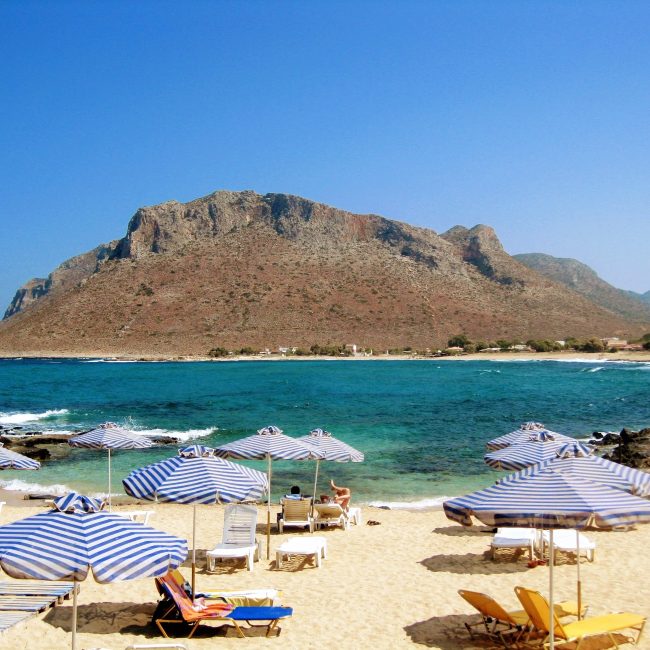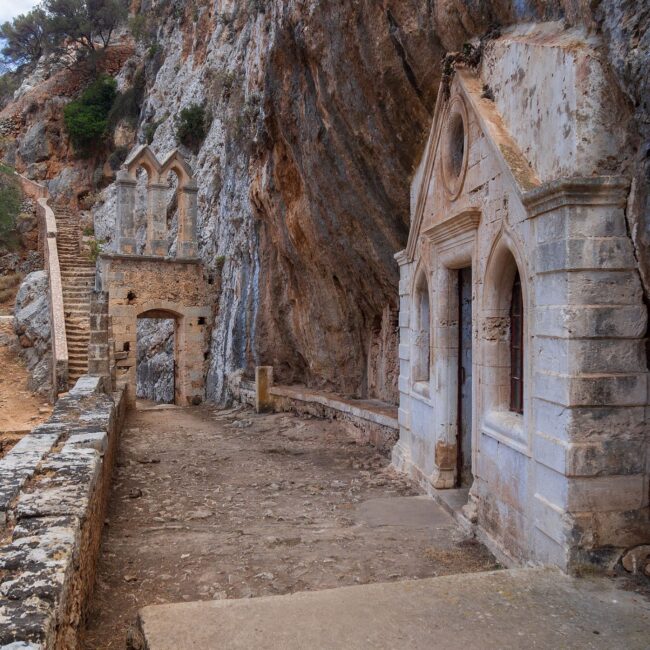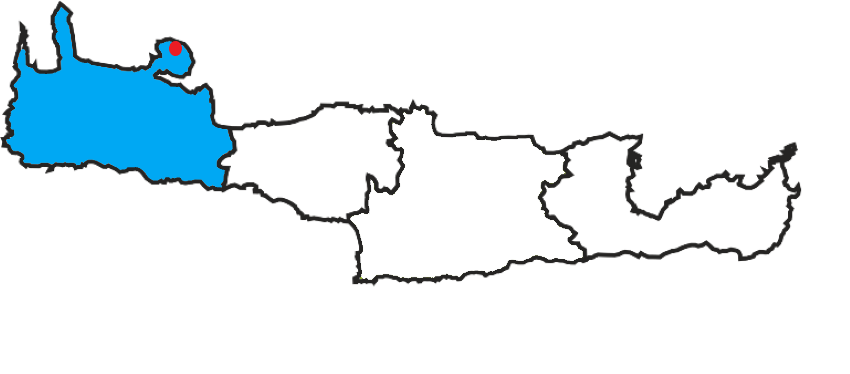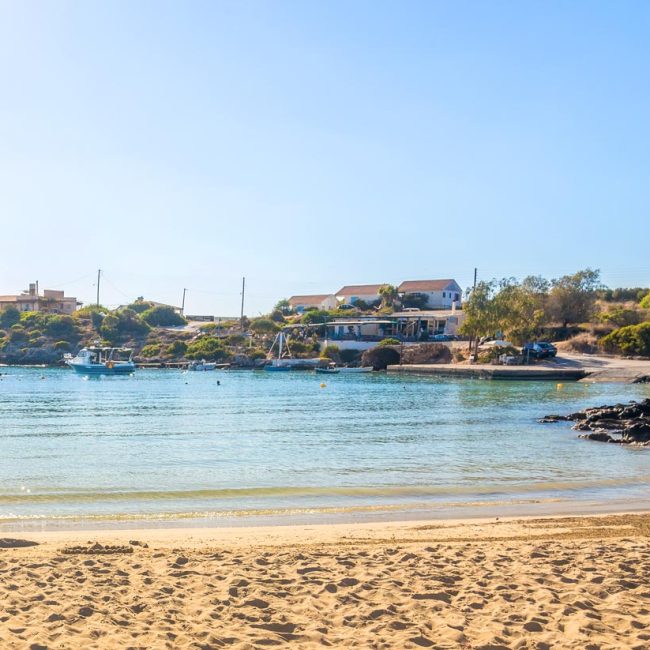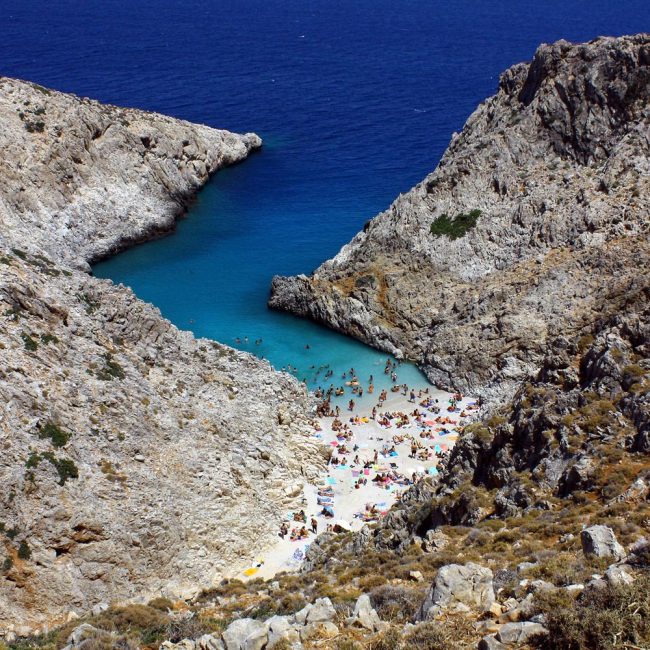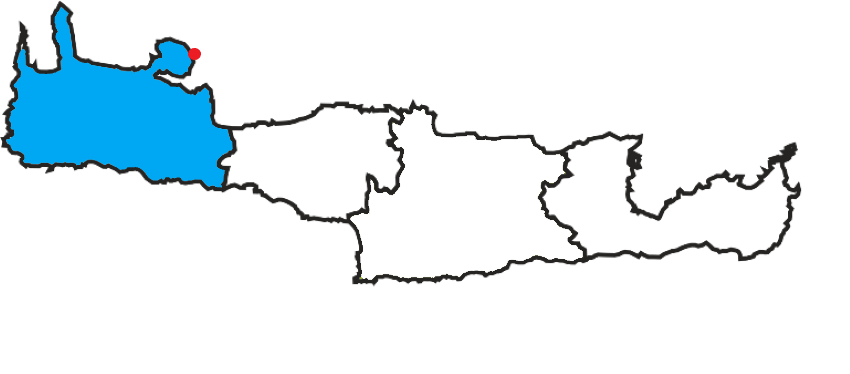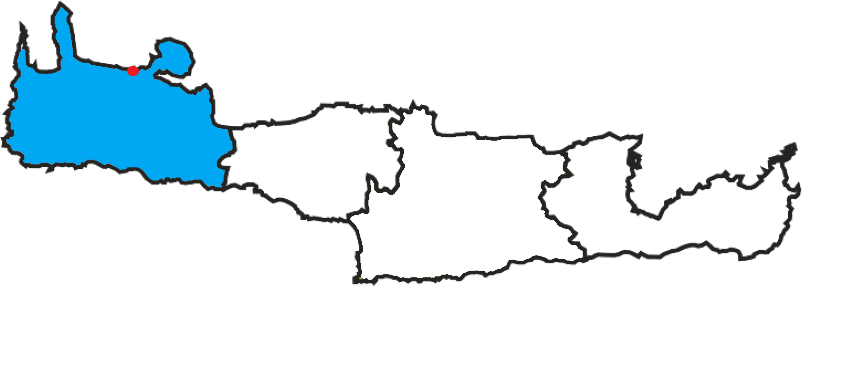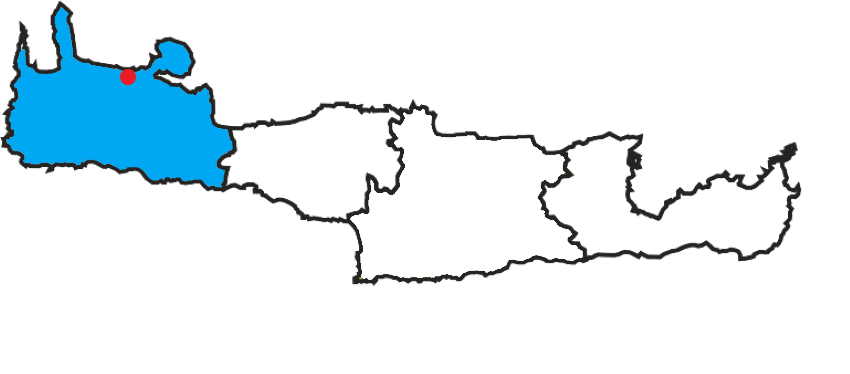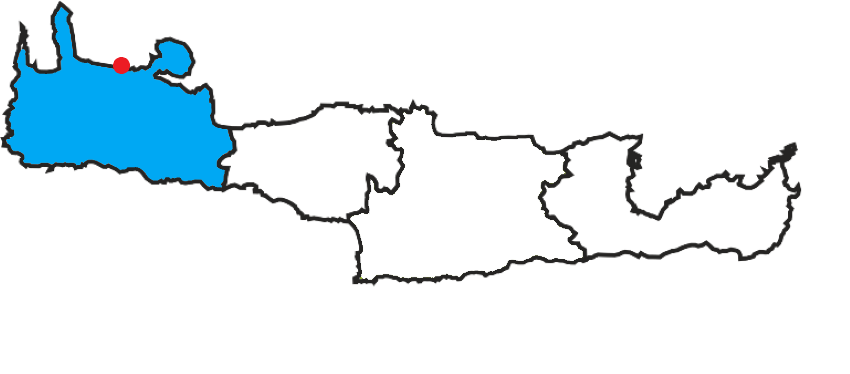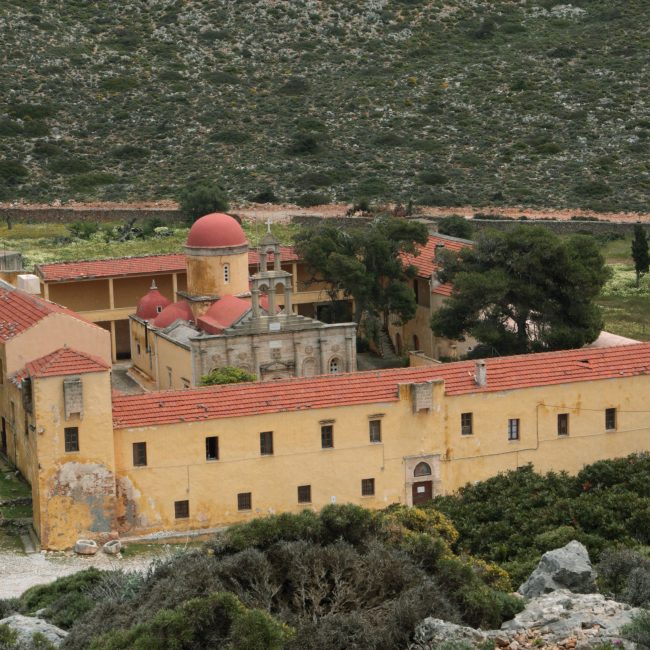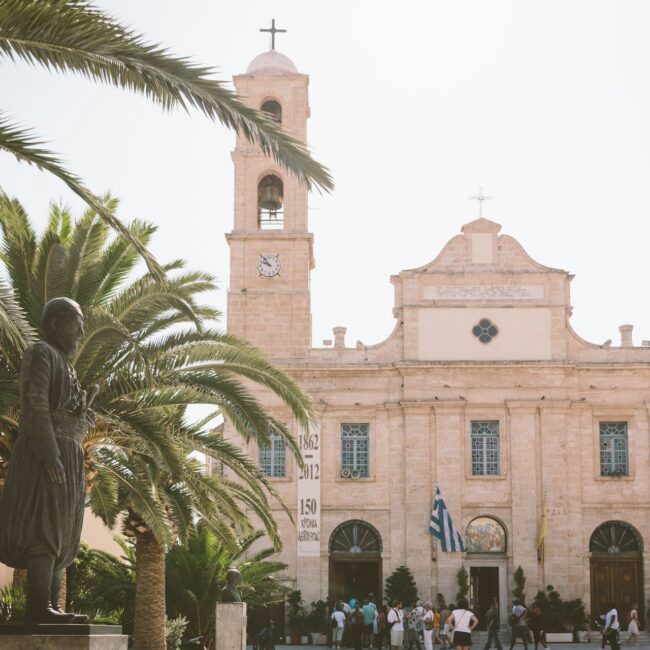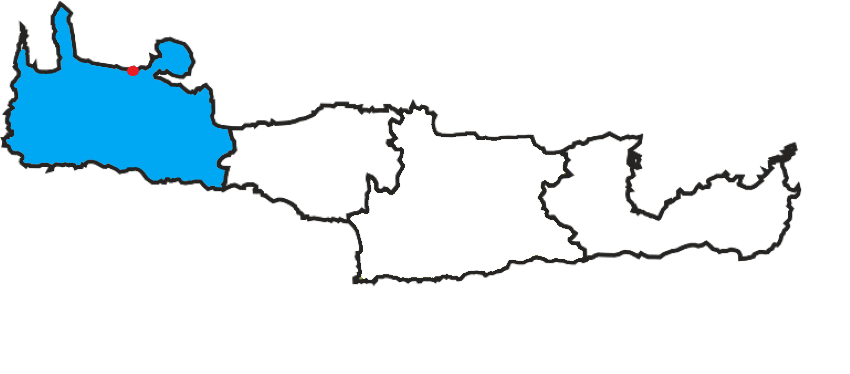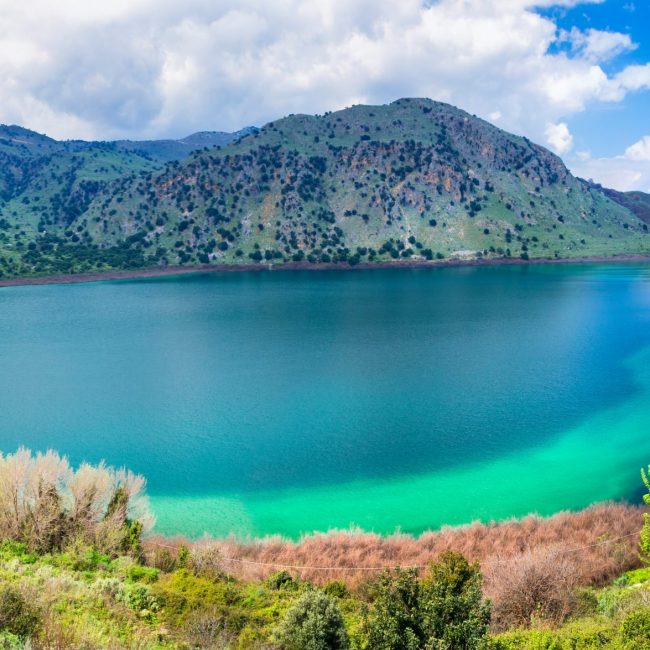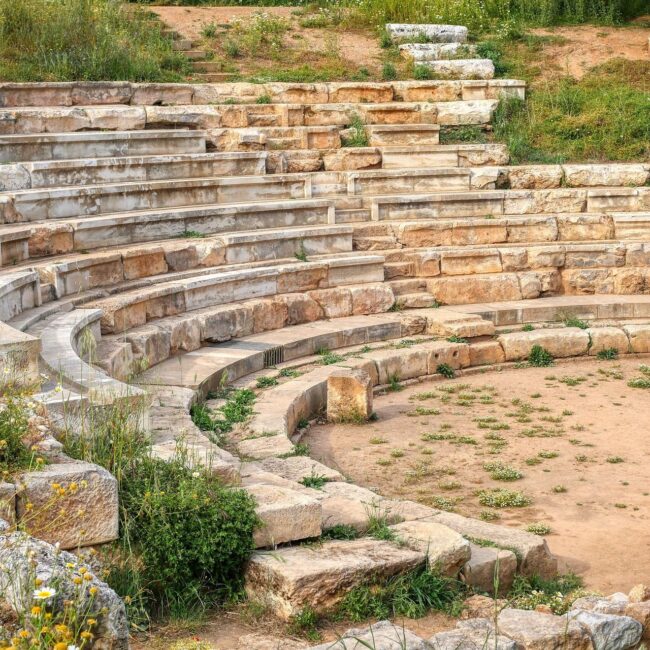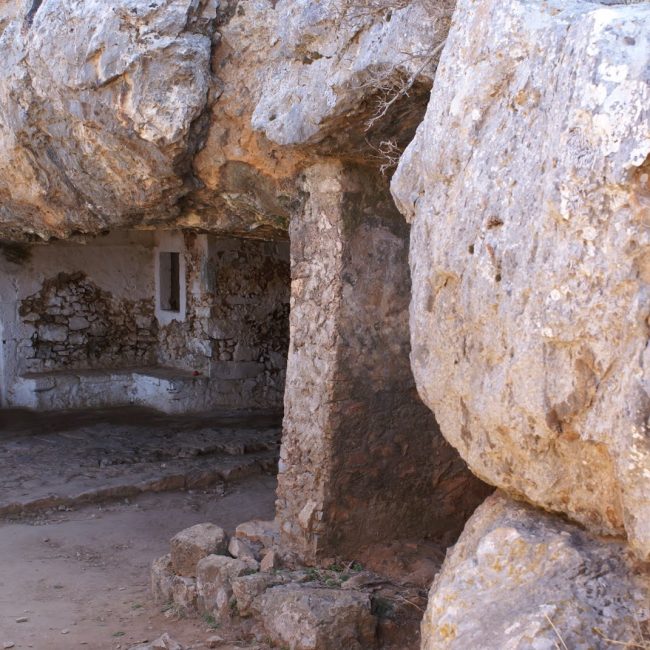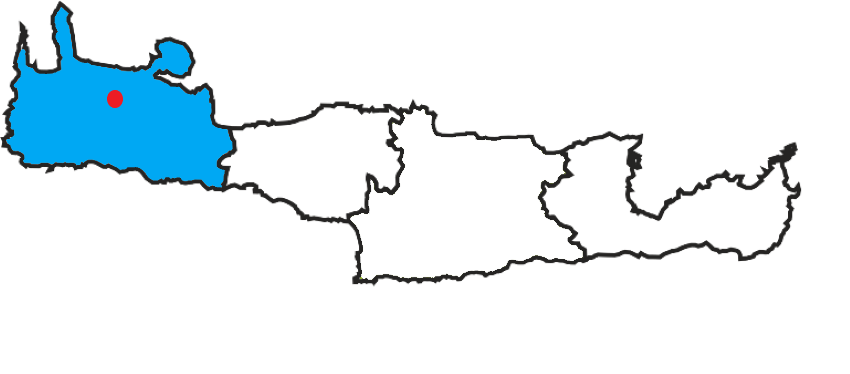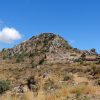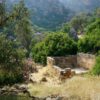Izzeddin Fortress
Izzeddin Fortress: A BEAUTIFUL BUT MORBID DESTINATION
The Izzeddin or Intzedin Fortress, located in Souda Bay, next to Kalami village, is a testimony to the region’s rich historical and cultural legacy. This majestic structure, built by Reuf Pasha under the Ottoman administration in 1872, has played a vital role in Crete’s turbulent history.
Construction and Purpose
The fortress was built under the orders of Reuf Pasha, the Ottoman governor of Crete, as part of a series of fortifications to strengthen the island’s defenses.
This project was so large that more than 20 forts were built around the area, and they could communicate and monitor every movement from valley to sea.
The fort was the largest defensive work of its time in Crete, and it had symmetrical portions built around a rectangular courtyard.
It was named after the Ottoman Sultan Abdulaziz’s son, Prince Izzeddin, which means “Glory of the Faith”.
The structure you see today was raised in the same location where, in 1646, the first Turks built a tower, chasing away the Venetians. Its strategic location overlooking the bay made it a crucial stronghold for the Ottomans.
Modern History
In the 20th century, the stronghold was used as a political prison. During the Cretan Statehood period (1898–1903), the Cretan politician Eleftherios Venizelos (before he became prime minister) was imprisoned there for 15 days for obstructing Prince George.
During Theodoros Pagalos’ dictatorship (1925–1926), a huge number of political prisoners were incarcerated in Izzeddin’s prisons. After the dictatorship’s fall in 1926, the former dictator Pagalos was also imprisoned there for two years.
There were times when up to 400 people were “stuffed” into this small prison.
The jails were closed during the German occupation and the initial years of the civil war (1946–1949). However, near the end of the Greek civil war, the Intzedin prisons reopened.
In 1948, prisoners were relocated from the hell prisons on the island of Yaros, and exiled communists from Gavdos were sent to the Intzedin prisons, where many were executed.
Many people, primarily communists, perished in Intzedin’s medieval, dark, and inhospitable cells, particularly during the dictatorship of 1967–1974.
The death penalty, in its territory, was issued until 1972. In 1975, the prison was closed, and the fortress was transferred to the army. For some time, it was part of a structure that belonged to a naval base and was used as an artillery range.
The fortress’s final position, as a prison for political prisoners whose sole crime was to struggle for their principles and democracy, became an inspiration for literary works and the film industry.
The films “Days of ’36” and “Stone Years” contain references to and views of the Izzeddin fortress.
The sign on the door reads:
Criminal prisons of Kalami
Τo have love for people and in good ways constantly fight with their bad ones.
Today, the Izzeddin/Intzedin Fortress is under the jurisdiction of the Hellenic Navy and has been repurposed to host cultural events and exhibitions.
The fort is currently closed and can only be visited for a limited time on Sundays and on the feast day of Saint Eleftherios (14 and 15), when the homonym chapel built by the prison celebrates (eleftheria = freedom in Greek).
Koules of Aptera (Palaiokastro)
The Fortress of Izzeddin is accompanied by the Fortress of Soumbasis, or Palaiokastro. It was built in 1866, just before the Izzedin Fort, by Hussein Avni Pasha. Its role was to control the Apokoronas valley (which was the way to Chania) and to overlook Souda Bay, which is one of the biggest natural ports in the Mediterranean.
It was designed with two towers, one to communicate with the forts of Castel di Apicorno (Apokoronas Fortress) and Nio Chorio Koules, and the other to communicate with Izzedin Stronghold and the Venetian Fortress on the islet of Souda.
The fort was the largest defensive work of its time in Crete, and it had symmetrical portions built around a rectangular courtyard. The fort’s circular towers were positioned in the southwest and southeast corners, while the main gate was on the east side, sheltered by a sufficient recess.
The soldiers could reach the ramparts on the koule’s top via internal wooden staircases. The fort was outfitted with all of the essential facilities for housing officers and soldiers, food storage, a jail and so on. The fort’s current superb condition is owing to the excellent craftsmanship of its walls and the renovation in the early 2000s. Aptera Koules was used as a school for children of the village of Megala Chorafia after the Turks departed Crete.
nearby attractions
Ancient Aptera
The Aptera archeological site contains the ruins of a powerful ancient Minoan metropolis. The city thrived for millennia from its strategic location above Souda Bay until being brought down by invasions and earthquakes. Visitors can now tour the ruins of a fortified tower, a city gate and wall, an amphitheater, and a temple.
The Venetian Fortress of Souda Bay
The Venetian fortress of Souda is located on the islet with the same name, just across the fort of Izzeddin. It was one of the most resilient forts across Greek territory against Turkish attacks.
The Venetians began building the castle of Souda in 1573. The fortress’s perimeter surrounded the island and was reinforced by four bastions. There is a temple inside the Souda fortification, which dates back to 1585 and has been preserved to this day.
The Turks failed to take it in 1669, and it thus remained in Venetian hands for half a century after Crete’s conquest.
At the time, the castle of Souda served as the unofficial capital of the Kingdom of Crete, and the Venetians referred to it as the “Eye of the Kingdom”.
After a long siege, the castle finally fell in 1715.
The citadel of Souda was utilized as a wartime naval dockyard, a permanent anchorage, and a refueling station for the Muslim fleet during Turkish control, and it remained in Turkish hands until 1898.
Souda Bay is still a functioning naval base. Visitors were formerly prohibited from accessing the location, but in recent years, transportation from the port of Souda can take you on a boat trip to see the surroundings of the islet.
You can observe the islet either from Izzeddin fortress or Aptera Koule, but the nearest spot is at Marathi Beach, which is on the other side at the peninsula.
Below there is a slider from the five fortresses that were communicating during the Ottoman occupation.
How to Get There
Izzedin Fortress is very close to Chania City. It is located 15 kilometers to the east.
By car:
Even though it is 15 kilometers away, we suggest taking a little detour. In order for you not to get lost inside the city, we suggest that you find your way to the national road E65/090 to get there. You will get to the fortress faster, even though you will make a 3-kilometer detour.
You will follow the road and you will cross, while maintaining your course, the E75 Chania-Rethymnon Road. At some point, you will see an exit, and the sign will read Kalami and Old National Road (Chania-Rethymnon). Take that exit and follow the old national road until you see a sign for Kalami again. Take that right turn, and you will be at your destination in a few minutes.
By bus:
There are a few buses that can take you to Kalami village, where Izzeddin Fortress is located. All of them, though, are KTEL buses (the bigger ones). It is better to ask at the central station in Chania, and they will guide you on which bus to take because the timetables and destinations vary.
Of course, you can always take a taxi to Izzeddin Fortress or even get a group tour there.
Conclusion
The Izzeddin/Intzedin Fortress stands as a poignant symbol of Crete’s complex past, from its construction during Ottoman rule to its role as a site of political imprisonment in the 20th century. Its transformation into a cultural venue allows visitors to engage with its history while appreciating the natural beauty that surrounds it.In short, Falassarna is a spot where history’s whispers and nature’s echoes collide, creating a captivating setting for exploration and discovery. This historic jewel invites you to explore its secrets and immerse yourself in a spellbinding voyage back in time, all set against the beautiful seaside beauty of Crete.
ADDITIONAL TIPS FOR AN ENJOYABLE VISIT TO izzeddin fortress

Destinations near Izzeddin Fortress
More options for nearby locations to plan your vacations better!


